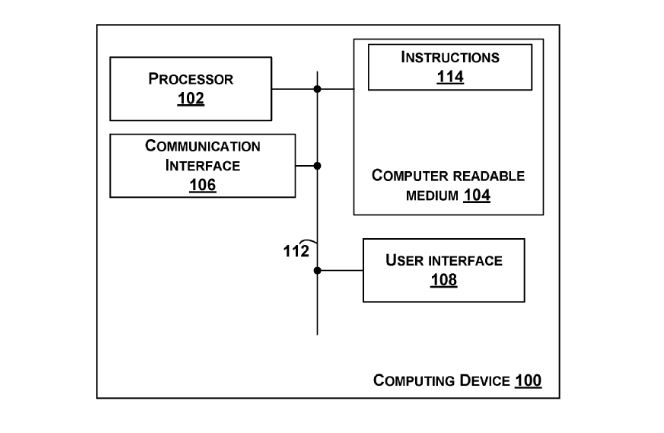The patent filed by The Boeing Company on September 5, 2024, introduces a novel hydrogen generator.
By utilizing semiconductors, glass, or ceramic materials, the patent presents a detailed innovation aimed at generating hydrogen and oxygen through electrolysis. This blog article will delve into the specifics of the patent to provide an informative understanding of this groundbreaking technology.
Core Components of the Hydrogen Generator
The Base
A fundamental element of the hydrogen generator is the base. The base is crafted from a first material that includes semiconductor, glass, or ceramic. This foundational component supports the cathode and anode crucial for the electrolysis process.
The Cathode
The cathode, extending from the base, is composed of the same first material. It is designed to facilitate the generation of hydrogen in the presence of an electrolytic solution that contains water. This process is central to the hydrogen production capabilities of the device.
The Anode
Likewise, the anode extends from the base and is also made from the first material. Its primary function is to generate oxygen in the presence of the same electrolytic solution. The coordinated functionality of the cathode and anode forms the crux of the hydrogen generator’s operation.
The Cavity and the Lid
The integration of the base, cathode, and anode defines a cavity within the hydrogen generator. This cavity is essential for the separation and collection of the generated gases.
The design allows hydrogen to exit the cavity through the first outlet and oxygen to exit through the second outlet. This clear separation ensures the effective collection of both gases for subsequent utilization or processing.
Applications
While the patent itself does not delve into specific applications, the hydrogen generator’s ability to efficiently produce hydrogen and oxygen can have widespread implications. Potential uses range from fuel cells to various industrial applications requiring hydrogen and oxygen.
